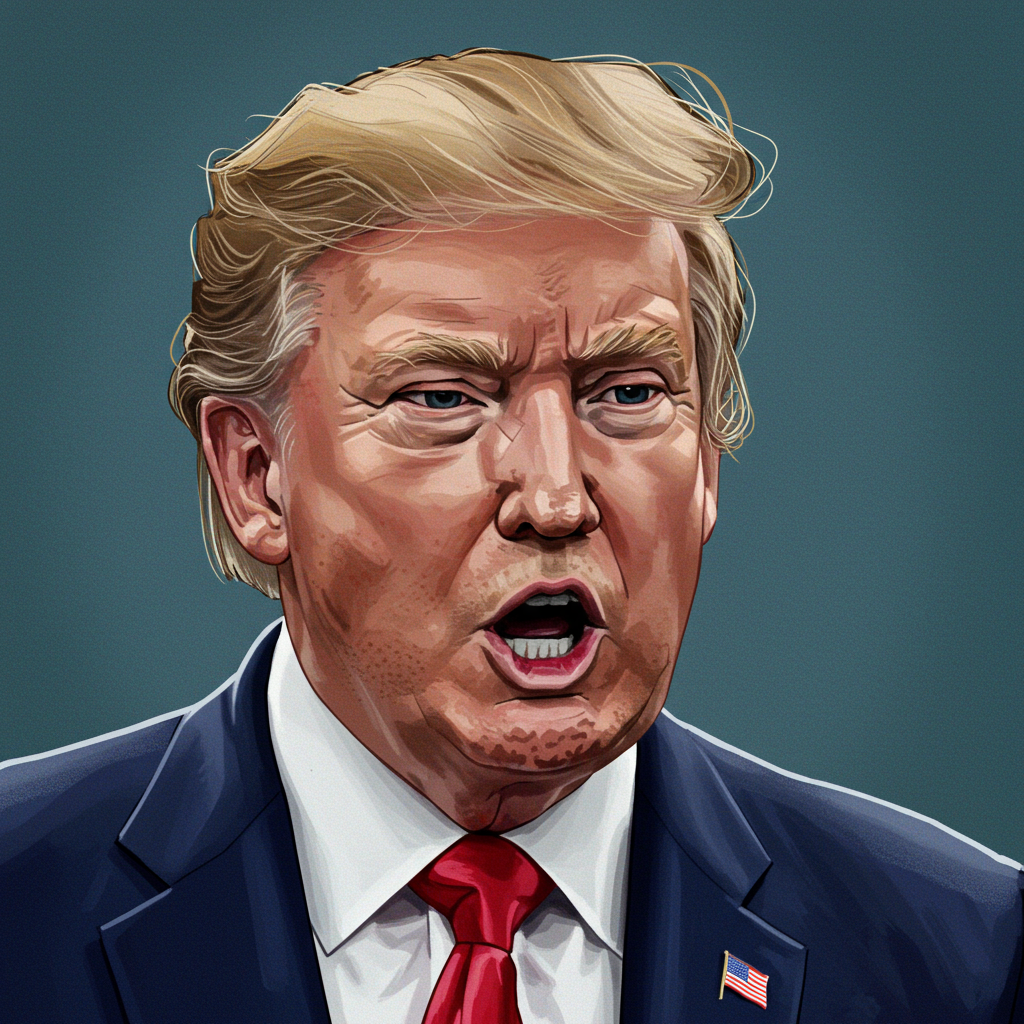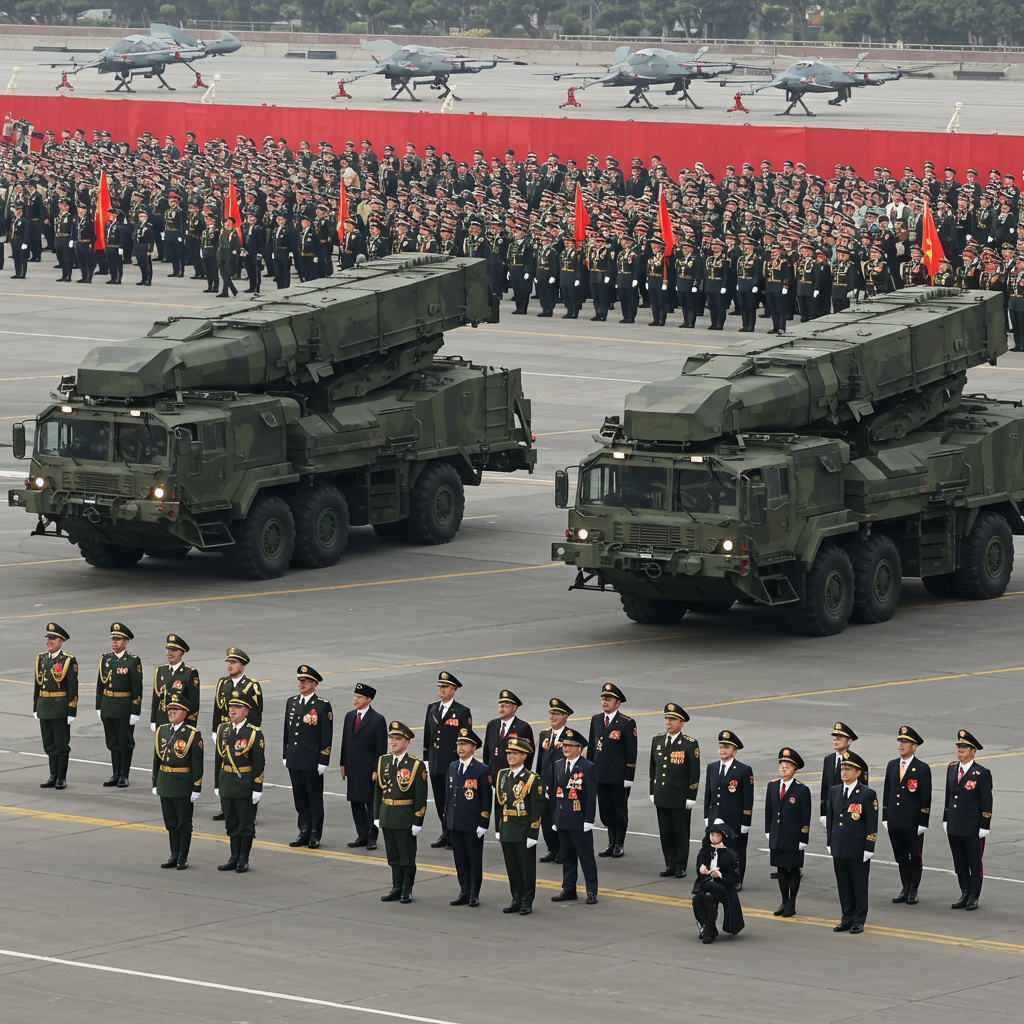As a significant government shutdown gripped the United States, President Donald Trump embarked on a critical diplomatic mission across Asia. This period saw the nation grappling with domestic paralysis while its leader engaged in high-stakes international negotiations. The unusual juxtaposition underscored a complex chapter in American political history, highlighting a presidency balancing global engagement with profound internal challenges. This comprehensive report delves into the intricate details of President Trump’s Asian tour and the concurrent domestic crisis, exploring the key figures, policy discussions, and far-reaching implications.
President Trump’s Ambitious Asia Tour Unfolds
President Trump’s first Trump Asia Tour of his term was meticulously planned with several core objectives. A central aim was to de-escalate a prolonged trade war with China. He also sought to secure substantial investment deals and foster broader peace initiatives across the region. Trump expressed optimism about his anticipated meeting with Chinese President Xi Jinping, suggesting a “really good chance of making a very comprehensive deal.” This tour also served to bolster his diplomatic reputation, following a recent role in brokering a ceasefire between Israel and Hamas.
High-Stakes Diplomacy in Malaysia
The initial stop on the Trump Asia Tour was Kuala Lumpur, Malaysia, for the annual Association of Southeast Asian Nations (ASEAN) summit. This marked only his second attendance at the summit during his presidency, underscoring its growing importance. A key agenda item for this leg of the trip involved the United States and Malaysia working to resolve a skirmish between Thailand and Cambodia. Earlier, Trump had threatened to withhold trade deals if the conflict persisted. His administration subsequently collaborated with Malaysia to secure an expanded ceasefire. In Kuala Lumpur, President Trump was scheduled to meet with Malaysian Prime Minister Anwar Ibrahim. This was followed by a joint signing ceremony with the prime ministers of Thailand and Cambodia, crediting Ibrahim for his crucial efforts in conflict resolution.
Beyond regional peace, a potential high-profile meeting with Brazilian President Luiz Inácio Lula da Silva was also anticipated in Malaysia. Lula aimed to persuade the U.S. to cut a 40% tariff on Brazilian imports. The U.S. had imposed these tariffs citing Brazil’s criminal prosecution of former President Jair Bolsonaro, a Trump ally. Lula also planned to raise concerns about U.S. military strikes off the South American coast, justified as anti-drug trafficking operations.
Strengthening Alliances and Economic Ties in Japan
Following Malaysia, President Trump’s journey continued to Tokyo, Japan. Discussions there were expected to focus on securing significant investments for U.S. factories and other projects. Japan had already pledged a substantial $550 billion investment in the U.S. economy, easing planned U.S. tariff rates from 25% down to 15%. This strategic move aimed to further solidify economic relations between the two powerful allies.
Upon his arrival, President Trump was warmly received by Japan’s Emperor Naruhito at Tokyo’s Imperial Palace. The following day, he met with Japan’s newly elected Prime Minister, Sanae Takaichi, for the first time. Takaichi, Japan’s first female prime minister and a staunch conservative protégé of the late Shinzo Abe, had already signaled strengthening the alliance as her “top priority.” Their bilateral talks were considered a crucial test due to Takaichi’s limited diplomatic experience and Trump’s well-known unpredictability. Expected topics included tariffs, regional security, and Japan’s defense spending. Some within Japan’s ruling party worried about Washington’s commitment to the Indo-Pacific region as it demanded more from allies. Takaichi committed to accelerating Japan’s most significant defense build-up since World War Two, including a plan to increase defense spending to 2% of GDP. This directly addressed Trump’s earlier complaints about Tokyo’s defense contributions.
After his meetings, Trump visited U.S. troops aboard the USS George Washington, docked at Yokosuka Air Base, where he delivered a speech. He also dined with business leaders, further cementing economic connections before departing for South Korea.
The Looming US-China Summit in South Korea
The climax of this Trump Asia Tour was the highly anticipated meeting with Chinese President Xi Jinping in South Korea. This pivotal encounter, projected to occur in Busan on the sidelines of the Asia Pacific Economic Cooperation (APEC) summit, followed months of intense trade tensions. These retaliatory measures had significantly impacted the global economy. Preliminary talks had focused on managing disagreements and achieving modest improvements rather than a major breakthrough. Trump had expressed irritation earlier by Beijing’s new export controls on rare earths and threats of increased retaliatory tariffs. He also indicated he might raise the issue of freeing Jimmy Lai, a pro-democracy newspaper founder, with Xi.
While there was speculation about an impromptu meeting with North Korean leader Kim Jong Un in the Demilitarized Zone, U.S. officials confirmed that such a meeting was not on Trump’s schedule. Trump, however, humorously remarked on the difficulty of reaching Kim, noting the regime has “a lot of nuclear weapons, but not a lot of telephone service.” Separately, China sent a group of H-6K strategic bombers near Taiwan for “confrontation drills” just days before Trump’s expected meeting with Xi, escalating regional tensions.
A Nation on Hold: The Government Shutdown Crisis
Simultaneously with President Trump’s extensive diplomatic engagements abroad, the United States was in the throes of a protracted government shutdown. The shutdown, stretching into its 26th or 27th day, created a severe domestic crisis. Many federal workers were poised to miss their first full paychecks, leading to widespread financial hardship. More than one million federal employees went unpaid, and funding dwindled for critical food assistance programs.
Far-Reaching Impacts on Daily Life
The impacts of the government shutdown were felt keenly across the nation. Air traffic controllers, considered essential workers, were compelled to work without pay. This situation, combined with staffing problems, led to significant flight disruptions across major U.S. airports. Over 50 staffing shortages were reported between Friday morning and Sunday night, the most since the shutdown began. Airports like Los Angeles International (LAX), Newark Liberty International, and Atlanta Harts-Jackson experienced delays. The National Air Traffic Controllers Association emphasized the “real consequences for these hard-working American patriots.” Transportation Secretary Sean Duffy noted that some controllers called in sick in protest or took time to work other jobs. Despite these challenges, union leaders reiterated that a margin of safety would always remain the priority.
Beyond air travel, other government functions faced strain. US-Mexico trade negotiators extended their deadline by “a few more weeks” following talks between President Trump and Mexican President Claudia Sheinbaum. Goods from Mexico continued to be tariffed at 25% if they did not comply with the United States-Mexico-Canada Agreement.
Political Stalemate and Criticism
The government shutdown was rooted in a fierce political stalemate in Washington. Speaker Mike Johnson fiercely defended keeping the House out of session for over a month. He contended that GOP lawmakers were accomplishing critical work in their districts. Democrats, meanwhile, signaled no change in their strategy, refusing to provide votes to reopen the government unless their demands over health care funds were met.
The impasse drew sharp criticism from various quarters. U.S. Senate Democratic leader Chuck Schumer remarked that “America is shut down and the President is skipping town.” Republican Senator Lisa Murkowski of Alaska joined Senate and House Democrats on an amicus brief. This brief challenged President Trump’s use of the International Emergency Economic Powers Act to enact tariffs without congressional approval. Everett Kelley, national president of the American Federation of Government Employees (AFGE), issued a statement. He declared it was “past time” to end the stalemate. Kelley called for leaders to prioritize solving problems for the American people over partisan blame.
Other Presidential Developments and Foreign Policy Notes
Beyond the primary narrative of the Trump Asia Tour and the domestic shutdown, several other significant presidential developments emerged during this period. These events painted a broader picture of the administration’s focus and challenges.
President Trump claimed to have undergone a “perfect” MRI scan during a recent visit to Walter Reed hospital. He declined to specify the reason for the scan, instructing reporters to “ask the doctors.” This marked the first time he provided details of tests during his second medical exam of the year, raising new questions about his health.
Trump also continued to fuel speculation about his political future. He refused to rule out running for a third term as president, despite the 22nd Amendment to the U.S. Constitution prohibiting anyone from serving more than two terms. He told reporters he “would love to do it,” citing his “best poll numbers ever.” He also floated the possibility of a Vice President JD Vance and Secretary of State Marco Rubio pairing in 2028.
Internationally, Trump continued to lash out at Canada. He threatened a new 10% tariff over what he called a “fake” ad that featured parts of an anti-tariff speech by former President Ronald Reagan. He declined to say when the tariffs would be implemented, describing Canada as “difficult.” Domestically, he also expressed strong opposition to his administration’s handling of a September immigration raid at a Hyundai plant in Georgia. He called it an “olive branch” ahead of his visit to South Korea. He stated he was “very much opposed” to removing the mostly South Korean nationals who were detained.
Meanwhile, an analysis by CNN highlighted the Trump administration’s escalating military actions in Latin America, particularly near Venezuela. The USS Gerald R. Ford aircraft carrier joined a formidable U.S. naval force in the region. This raised expectations that the administration might escalate its assault on alleged drug traffickers. Top Trump aides portrayed Venezuela as a major route for fentanyl. Critics like Republican Senator Rand Paul denounced these strikes against suspected “narco-terrorist” boats as “wrong.” Paul argued that the Constitution requires congressional approval for war.
Frequently Asked Questions
What were the main diplomatic objectives of President Trump’s Asia tour amidst the government shutdown?
President Trump’s Asia tour, his first of the term, had several key diplomatic objectives. Primarily, he aimed to de-escalate the ongoing trade war with China, seeking a “comprehensive deal” with President Xi Jinping. He also focused on securing significant investment deals, particularly from Japan, which pledged over $900 billion for U.S. projects. Additionally, the tour sought to bolster his diplomatic reputation, as seen in his role in brokering a ceasefire between Thailand and Cambodia during the ASEAN summit in Malaysia. The tour allowed him to address regional security concerns, including Japan’s defense spending and tensions near Taiwan.
Where did President Trump visit during his Asian tour, and whom did he meet in each country?
During his critical Asia tour, President Trump made three main stops. He first visited Kuala Lumpur, Malaysia, for the ASEAN summit, where he met with Prime Minister Anwar Ibrahim and oversaw a ceasefire signing between Thailand and Cambodia. He then traveled to Tokyo, Japan, meeting with Emperor Naruhito and the newly elected Prime Minister Sanae Takaichi. In Japan, he also visited U.S. troops aboard the USS George Washington. The tour culminated in South Korea, where he was expected to attend the APEC summit and hold a highly anticipated meeting with Chinese President Xi Jinping to discuss trade and international relations.
How did the US government shutdown specifically impact federal workers and air travel during this period?
The U.S. government shutdown during President Trump’s Asia tour had severe consequences for federal workers and air travel. Over a million federal employees missed their first full paychecks, leading to significant financial hardship and stress. Air traffic controllers, deemed essential, were forced to work without pay. This situation resulted in widespread FAA staffing shortages, causing numerous flight delays at major airports like LAX, Newark, and Atlanta. Union leaders reported a surge in sick calls, though they maintained that safety would not be compromised. Beyond air travel, critical programs like food assistance (SNAP benefits) faced dwindling funds, further highlighting the shutdown’s profound domestic impact.
Conclusion
The period of President Donald Trump’s Trump Asia Tour presented a unique and challenging dichotomy. While he engaged in high-stakes diplomacy across Asia, navigating complex trade negotiations, security alliances, and peace initiatives, the United States simultaneously grappled with a significant government shutdown. This domestic crisis created widespread hardship for federal workers and disrupted essential services. The contrast between global leadership and internal paralysis defined a memorable chapter in recent American history. It underscored the intricate balance required for a president managing both international relations and pressing national issues.



